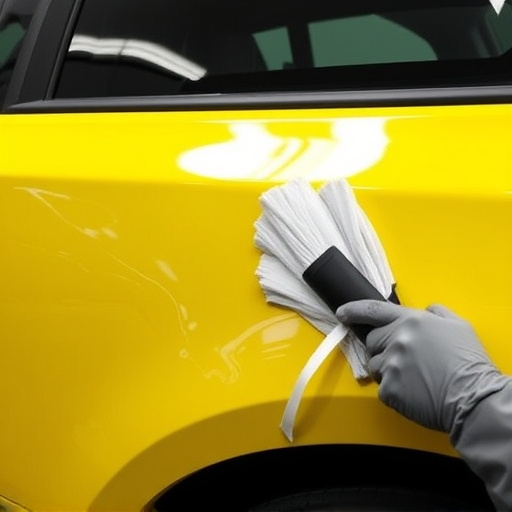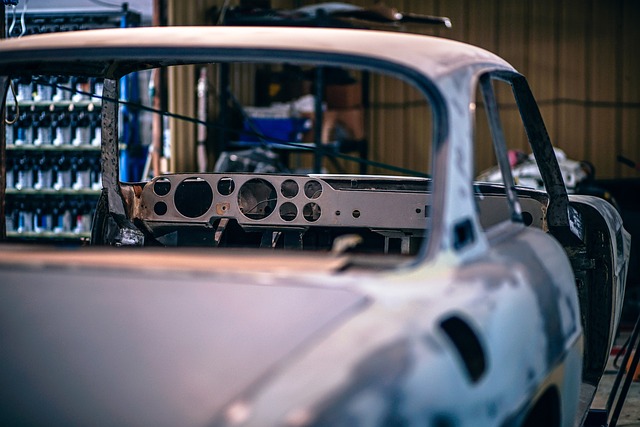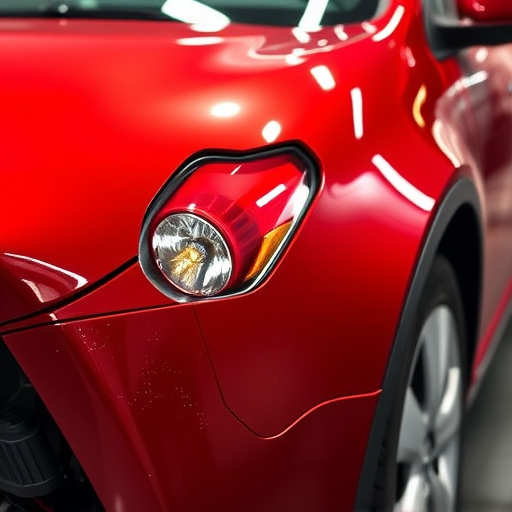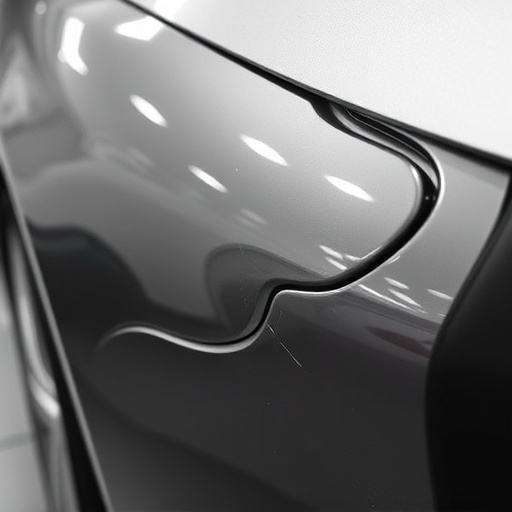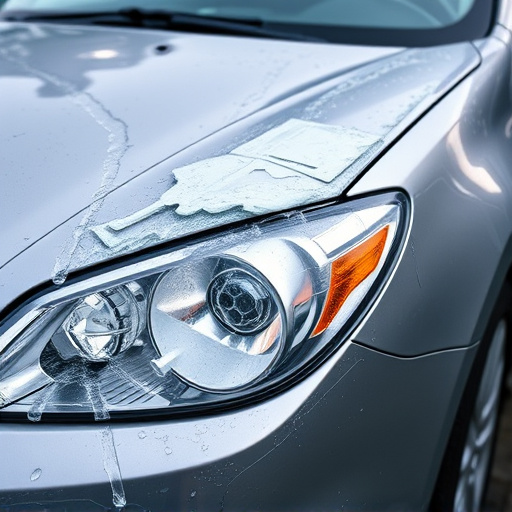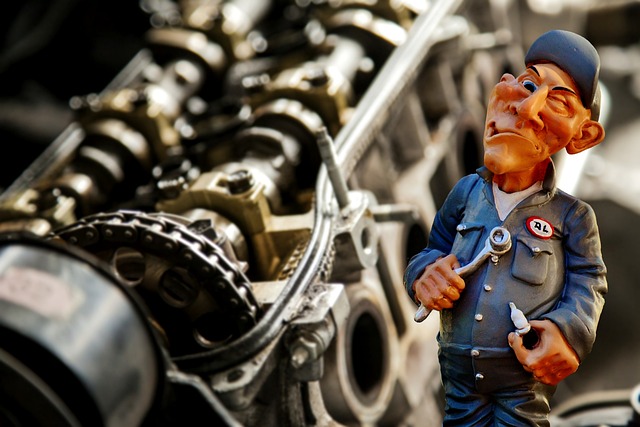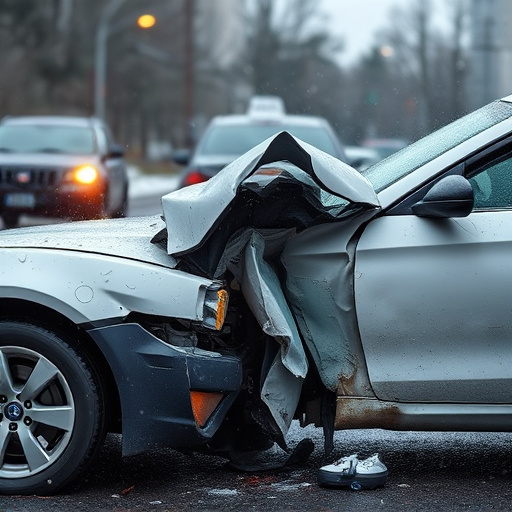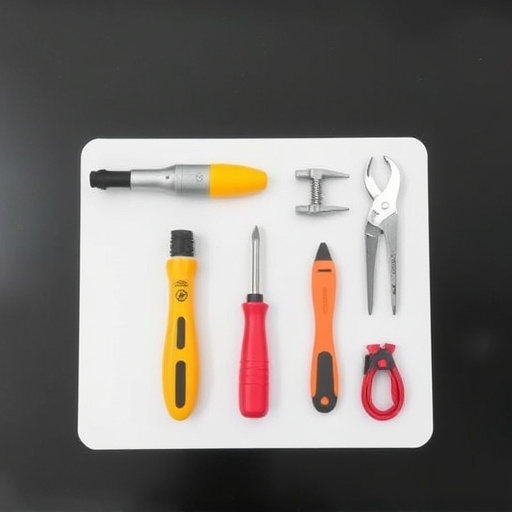Tesla repair scanning uses advanced diagnostic tools to accurately identify and troubleshoot issues in Tesla vehicles, adhering to OEM standards for precise, reliable repairs. Specialized software and hardware capture electrical system nuances, decipher codes, and identify faults, providing detailed reports for specialists to enhance vehicle safety and performance.
Tesla repair scanning is a critical process ensuring these electric vehicles operate safely and efficiently. Understanding OEM (Original Equipment Manufacturer) standards is paramount as they dictate repair procedures and component compatibility. This article delves into the fundamentals of Tesla repair scanning, highlighting the significance of adhering to stringent OEM requirements. We explore essential tools and techniques to guarantee accurate scans, enabling optimal repairs and maintaining Tesla’s high performance standards.
- Understanding Tesla Repair Scanning: The Basics
- OEM Standards and Their Significance in Tesla Repairs
- Ensuring Accuracy: Tools and Techniques for Scanning
Understanding Tesla Repair Scanning: The Basics

Tesla repair scanning is a process that involves using advanced diagnostic tools to identify and troubleshoot issues within Tesla vehicles. This technology has become an indispensable tool for collision repair shops and automotive body shops specializing in vehicle bodywork repairs, as it allows them to accurately diagnose problems and perform repairs efficiently.
At the heart of Tesla repair scanning lies the use of specialized software and hardware that communicate with a car’s onboard computer system. These tools can detect even subtle anomalies in the electrical systems, sensors, and other components critical for the safe operation of Tesla vehicles. This capability is particularly valuable given the complexity of modern automotive electronics, ensuring that any repairs conducted are precise and up to the standards set by the Original Equipment Manufacturer (OEM).
OEM Standards and Their Significance in Tesla Repairs
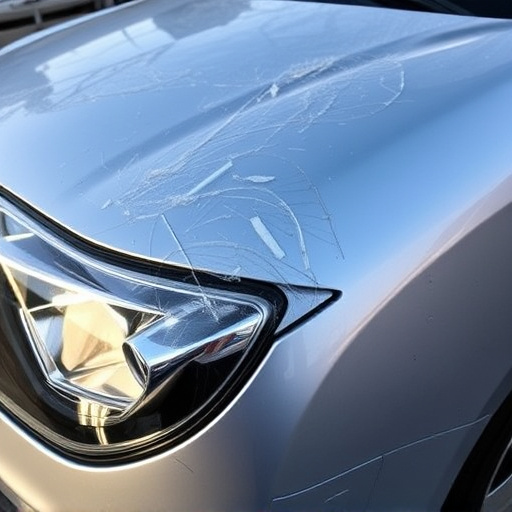
In the world of Tesla repair scanning, understanding Original Equipment Manufacturer (OEM) standards is paramount. These stringent requirements set by Tesla ensure that repairs are performed to exacting specifications, maintaining the vehicle’s original quality and performance. Adherence to OEM standards is crucial for several reasons. Firstly, it guarantees compatibility and functionality of replacement parts, ensuring that every component seamlessly integrates with the car’s existing systems. Secondly, it preserves the vehicle’s warranty eligibility, as Tesla warrants against defects arising from authorized repairs following their guidelines.
For instance, when conducting a fender repair or even tackling complex Mercedes Benz collision repair tasks, adhering to OEM standards involves precise measurements, specific materials, and techniques. Professional car bodywork services recognize that these requirements go beyond cosmetic fixes; they are designed to protect the structural integrity of the vehicle, enhance safety, and preserve the overall value of the Tesla. Therefore, for any genuine Tesla repair scanning process, meeting or exceeding OEM standards is indispensable.
Ensuring Accuracy: Tools and Techniques for Scanning
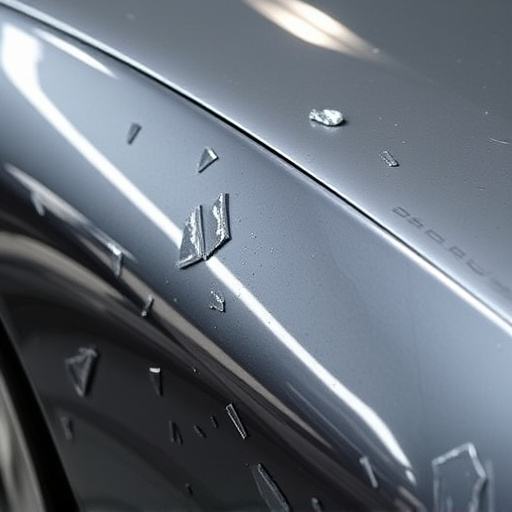
Ensuring Accuracy: Tools and Techniques for Scanning
In the realm of Tesla repair scanning, accuracy is paramount. It’s not just about obtaining data; it’s about delivering precise, reliable information that guides successful vehicle restoration. To achieve this, professionals rely on advanced tools and meticulous techniques. Modern diagnostic scanners are equipped with sophisticated sensors and software algorithms designed to capture every nuance of a Tesla’s electrical system. These tools decipher complex code, identify component faults, and provide detailed reports, making them indispensable for automotive repair specialists.
Accurate scanning goes beyond mere data collection. It involves understanding the intricate relationships within a Tesla’s network, recognizing subtle anomalies that might be missed by less advanced equipment. Skilled technicians employ specialized software to analyze scan data, cross-referencing it with vehicle-specific knowledge and industry standards. This holistic approach ensures that every repair, from addressing a minor fender bender to complex vehicle restoration, is grounded in unwavering accuracy, ultimately enhancing the safety and performance of Tesla vehicles.
Tesla repair scanning is an indispensable process that ensures the safety and reliability of Tesla vehicles. By adhering to Original Equipment Manufacturer (OEM) standards, technicians can guarantee accurate repairs and maintain the vehicle’s original performance. Understanding the basics, employing the right tools, and staying precise are key to mastering this technique, ultimately enhancing customer satisfaction with high-quality Tesla repairs.


